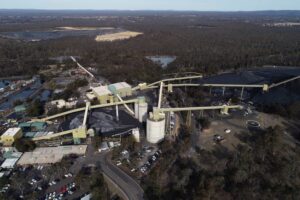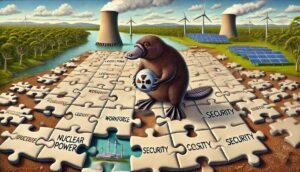The ongoing and sometimes controversial curtailment of Australia’s solar and wind energy generators reached record levels in the final quarter of 2019, the energy market operator has confirmed in its latest quarterly Energy Dynamics report.
The report, published on Monday says that renewable energy curtailment across the National Electricity Market – the main grid covering the eastern states – increased to 6 per cent of total output in Q4 2019, the highest amount on record.
The report said the main contributors to the curtailment included the system security constraints enforced by AEMO on five solar farms – four in Victoria, one in New South Wales – a controversial decision that is the subject of a meeting between AEMO and affected solar and wind developers in Melbourne on Monday.
As RenewEconomy reported, the five big and relatively new solar farms – Wemen, Karadoc, Bannerton and Gannawarra in Victoria, along with Broken Hill in NSW – had their output cut in half in mid September when new modelling by AEMO identified the system strength issues in the case of a network fault elsewhere.
AEMO said the quarter’s high curtailment levels had also been boosted by constraints self-imposed by various solar and wind energy projects in response to negative electricity prices – usually as outlined in long-term supply contracts.
(South Australia’s Tailem Bend solar farm is a prime example of this. See This solar farm has to switch off every second day due to negative prices ).
During the quarter, negative prices contributed to an average 21MW of curtailment of South Australian renewable energy output (or average of 313MW curtailed during negative price events), the report notes.
AEMO says self-curtailment from solar and wind projects over the quarter was highest on days with extended negative spot prices, such as on November 11, when a record high of 968MW of output was curtailed at 1300, coinciding with low daytime demand, transmission outages, and a spot price of -$343.33/MWh.
System strength constraints in South Australia, and transmission outages and other network constraints, had also contributed to curtailment levels “much higher than historical outcomes,” AEMO said.
The main increase compared in Q4 2019 to Q3 2019 was the impact of the VIC/NSW solar constraint, with an estimated average curtailment of 75MW, up from 14 MW in Q3 2019, the report added.
The increase was due to the constraint being in place for the entire quarter – compared to less than one month in Q3 2019 – as well as sunnier Q4 conditions.












